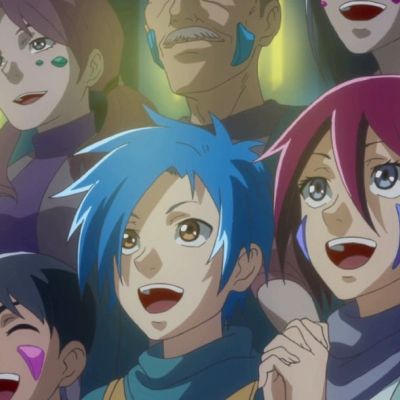Independent animation, with its short runtimes and high ambition, is an excellent way to learn about new developments and ideas in the field of animation.
Because the Japanese anime industry is always looking for new talent, many of the people involved in these short films have already gone on to work on full-length TV shows or films.(The Best Independent Anime)
However, in this industry, the definition of an independent film can be hazy. Cencoroll, for example, was animated, directed, and written by character designer Atsuya Uki while still receiving Aniplex support.
The nature of creating an anime as an individual is essentially impossible due to how expensive it is to create and the facilities that it requires. An independent anime film, on the other hand, is a project that does not have the backing of a large production company. The majority of the films I’ve chosen are “independent,” meaning they were made with the help of small anime studios or universities.
Tayutaum
Explicit narratives with voice acting and scripts are not required for all anime. Sometimes the best way to tell an animated story is simply by using animation. The challenge then is to combine both conventional and unconventional visual ideas in order to make the message understandable while also presenting it in a truly unique way.
Tayutaum is the perfect example of this. Although it can be interpreted as a story about a girl finding inspiration and learning how to express herself creatively, there are numerous possible interpretations because the feelings it evokes are what matter the most.
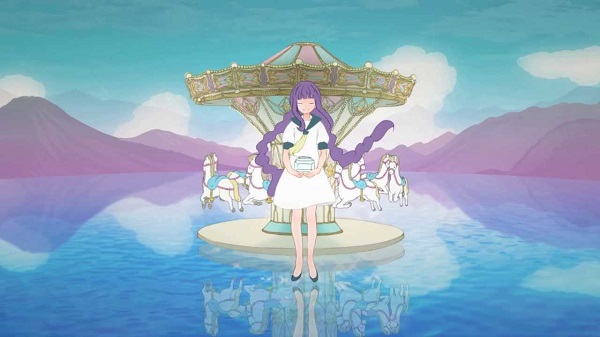
This was Namiko Ishidate’s first step into the anime industry as her graduation film from Tama Art University. She went on to work as an in-between animator at P.A. Works after winning housing support from the Animator Supporters Grand Prix for animation.
In 2016, and 2017, she worked as the animation director for Studio Colorido’s McDonald’s commercials, just three years after her graduation film. Independent graduation films are more than just a way for you to express yourself; they also allow future coworkers to see what you’re capable of.
Bloomed Words
Breaking away from conventional notions of what constitutes a film appears to be an essential component of independent filmmaking. When we look for independent anime, we’re looking for something that doesn’t exist among the hundred other shows that air each year.
In the case of Bloomed Words, this refers not only to its visual style, but also to its narrative—or lack thereof. Instead of a story, cast, or script, Bloomed Words uses creative paper-esque imagery to depict an amusing conversation between its two creators.

Amica Kubo and Seita Inoue were still students in 2006, but this award-winning film helped them become well-known names in their respective fields today. Amica Kubo is a well-known director and producer who serves on juries for international animation film festivals.
As the director of Urahara this season, she makes her first foray into TV anime. Seita Inoue, on the other hand, has moved into the video game industry. He is best known today as the art director for Splatoon and Splatoon 2. Even more than ten years after its initial release, both of them are still well-known for Bloomed Words.
The Tender March
The Tender March makes good use of the medium as a music video. Creating stories with text and dialogue isn’t for everyone, but creating animation with rhythm as a foundation allows for new types of stories to be told. The meaning of The Tender March, like Tayutaum, is open to interpretation.
It appears to be a commentary on either confronting or avoiding your problems, which are depicted as monsters chasing after the heroine, but its intended meaning isn’t as important as what you can take away from it personally.
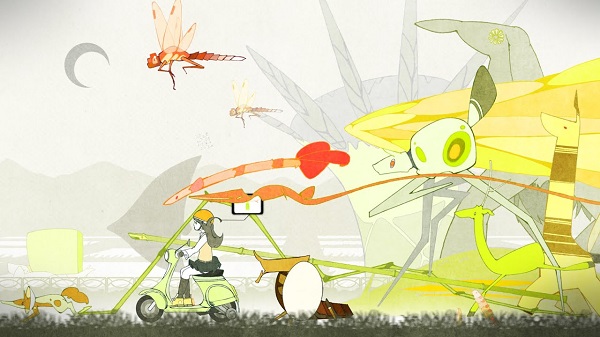
Wataru Uekusa’s animation attempts to depict rhythm on screen. The more layers there are in the music at any given time, the more movement there is. His distinct style and color palette have piqued the interest of some anime producers, who have hired him for new projects.
Most notably, Uekusa was commissioned to design the ending sequence for the MAPPA series Punch Line, which featured designs similar to his music video for “HIMITSU” by “A Crow is White.”
Fumiko’s Confession
Fumiko’s Confession, which has received over 4 million views on YouTube, is short, silly, and entertaining. It’s the best way to spend two minutes, with a comical tumble down a hill through the streets and sky. Fumiko runs and runs and runs after being rejected by a boy she likes.
It takes a simple concept and makes it fun by combining it with polished backgrounds, storyboards that emphasize exaggerated movement, and very silly animation.
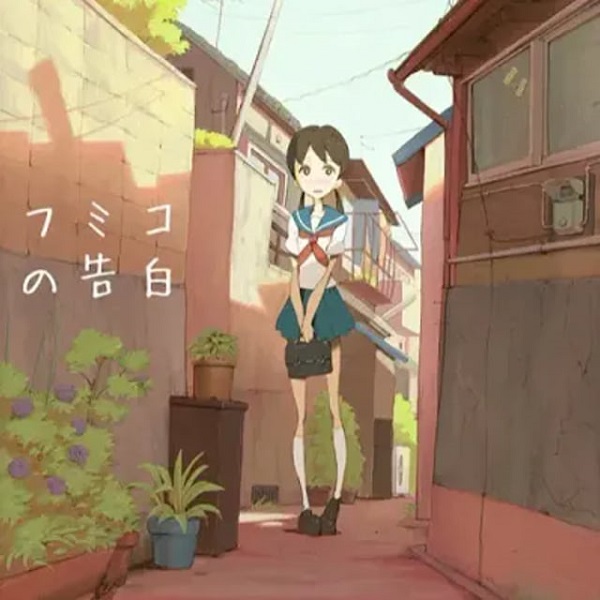
Hiroyasu Ishida, the film’s director, is now one of Studio Colorido’s top directors, alongside ex-Ghibli animator Yjir Arai. He went on to direct the first two Fastening Days films, becoming one of the most important figures in Japan’s rise of digital animation. He was even chosen to direct his own feature film at the studio, the lovely Hinata no Aoshigure, which makes use of Ishida’s skill with moving backgrounds.
Indigo Ignited
Indigo Ignited is the debut work of the newly formed D’Art Shtajio, a studio founded by American anime artists. Henry Thurlow, a former-Pierrot animator known for his online coverage of the anime industry, directed the pilot episode.

It is classified as a dark fantasy and depicts a battle between a child with the ability to manipulate gravity and the hunter/cult leader who seeks to take it away from him. It’s cheesy, and the voice acting mostly works against it, but the compelling, fast-paced action sequence halfway through makes it completely worthwhile. It’s another step toward the dominance of foreign artists in the anime industry, with a mix of Japanese and American animators.
Johanne
You may remember one specific part of Madoka Magica in which they mention that Joan of Arc was a magical girl. Not only did this idea inspire a spin-off manga, but it also inspired London based director Anna-Ester Volozh to create a short film at her studio, Dragonbee. Many of today’s anime involve staff from around the world, and the same is true for Johanne. Staff from Spain, Finland, and Japan were all involved, creating something uniquely international. Volozh herself is inspired by the works of Kunihiko Ikuhara, and you can notice this clash of Disney and Japanese aesthetic inspirations throughout the film.
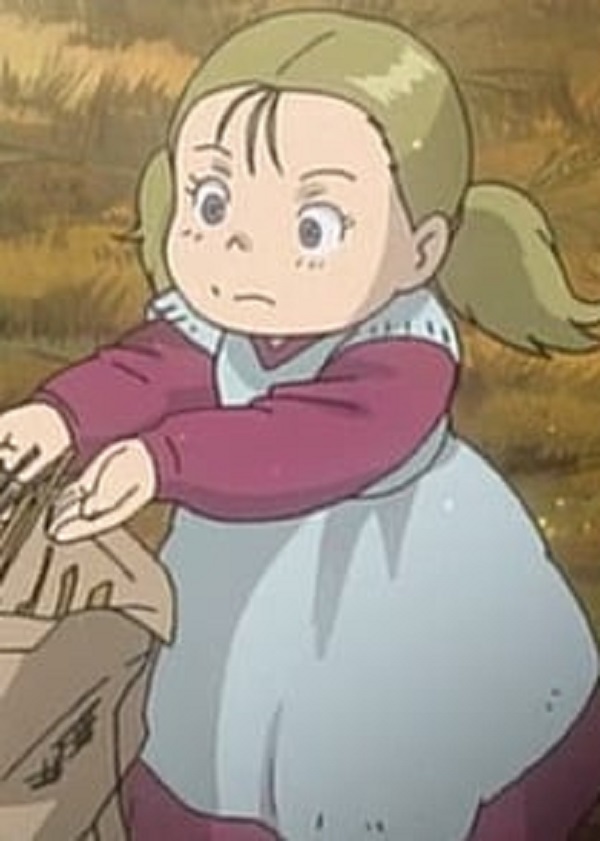
Much like its staff, the film’s success has been global as well. Getting views from people all over the world, it has been officially selected for animation festivals in France, Italy, Korea and more. As a passion project for its staff, it ended up taking 2.5 years to complete in their spare time, but with that time came a considerable amount of polish.
Onigiri Girl Rematch
Meet Rabbit Machine, an independent animator who posts their works on YouTube. Having posted videos for over 8 years, their YouTube channel offers a unique opportunity to see the progression of their animation talent. For long time fans of Rabbit Machine, Onigiri Girl Rematch was a reminder of just how far a person can come when they’re dedicated to their craft. One of the first videos on their channel was a short called Onigiri Kid. It was fairly basic, but it showed a lot of compelling expressive elements within the animation as a girl fights with a demon, who turns out to be a friend all along.
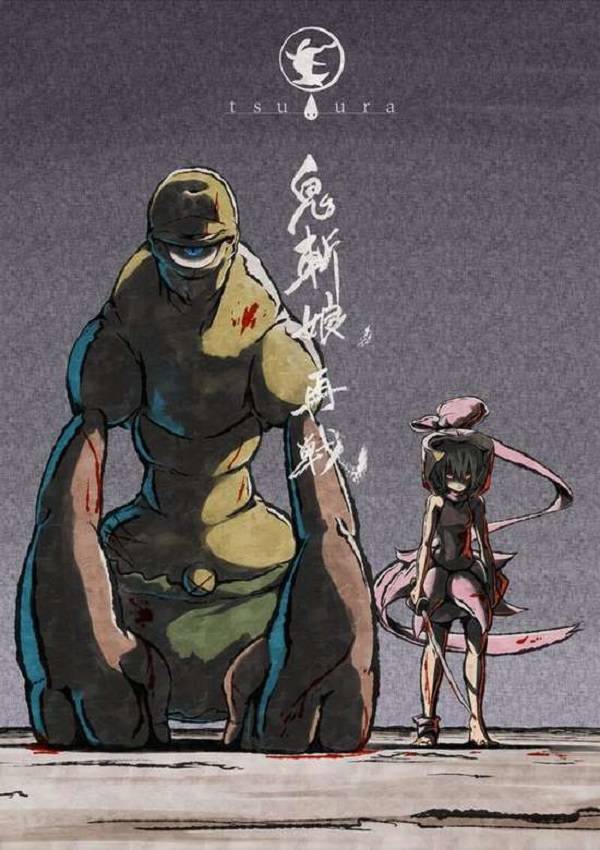
Skip ahead five years. Now with backgrounds, color, and depth, the sequel Onigiri Girl Rematch shows how far someone can go with a few years of hard work. One of the standout elements is the unique coloring that appears to give the film a traditional vibe. Even those with no context for Rabbit Machine’s history can appreciate this stunningly choreographed action scene.
While there is limited space in this article, there is an infinite number of films that deserve to be included. Many universities now have their own YouTube channels where students’ graduation films can be viewed. Collections created by promising new creators can be found at Tokyo University of the Arts, Gobelins School of Images, Tama Art University, and Kyoto Seika University, to name a few.
Some of my other favorite movies include BOOM!! Kaiju was created by a team at GOBELINS, Fox Fears was created by Miyo Sato (who later went on to create the ending to Mob Psycho 100), and LOUD HOUSE was created by Tatsur Kawano (who served as action animation director on Kabaneri of the Iron Fortress).
Also Read: Nurdian Cuaca , Melanie Olmstead, Shammi Prasad, Nicolleegongora
